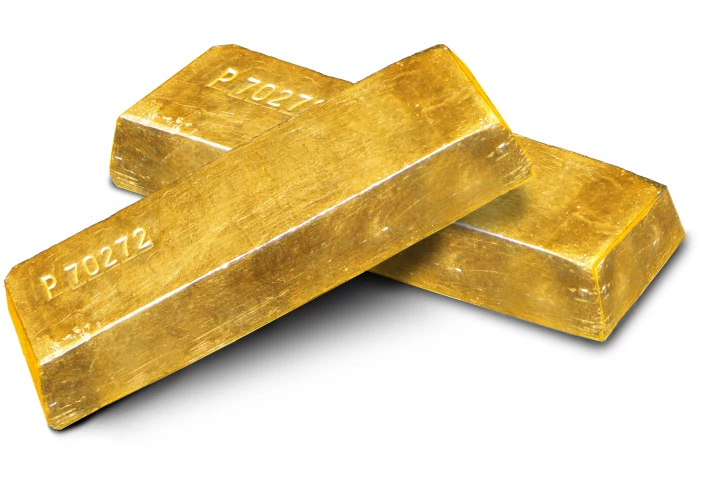A surprising trigger for hair regrowth may lie in the body’s fat cells. Researchers have shown that mild skin irritation can trigger fat cells to go into panic mode, sending signals to dormant follicles that can fuel new hair growth within weeks.
In a potential breakthrough for balding, scientists at National Taiwan University (NTU) have discovered that brief, controled inflammation in the skin can set off a chain reaction beneath the surface. Immune cells rush in and signal nearby fat cells to break down, releasing natural fatty acids that "switch on" dormant hair-follicle stem cells and kick-start growth.
The researchers used a topical sodium dodecyl sulfate (SDS) treatment to create mild skin irritation in mice and then observed the immune system's response. Macrophages, the immune cells responsible for cleanup and repair, flooded into the inflamed tissue and released a protein called serum amyloid A3 (SAA3). This acted as a message to nearby fat cells (adipocytes), prompting them to break down stored fats (lipids) – a process known as lipolysis. The resulting monounsaturated fatty acids (MUFAs) were then released into the surrounding tissue, where they made contact with dormant hair follicle stem cells. Essentially, these fatty acids delivered the "wake up" message to the stem cells, boosting their metabolism and in turn hair growth.
In mice, the scaly patches of irritated skin soon began growing new hair – and tests confirmed that white fat cells below the surface had shifted into fat-burning mode, revealing a burst of metabolic activity normally associated with fasting or cold exposure.
To confirm that the same process occurred with deeper irritation, the researchers ran separate experiments using controled laser-induced injury. This produced similar results, indicating that the fat-driven regrowth pathway doesn't just operate on the surface level. What's more, blocking this fat-cell breakdown stopped hair regeneration entirely, showing that lipolysis plays a key role in hair regeneration.
It's also important to point out that while the mice weren't technically bald, the experiments were conducted to mimic a hairless model. Mice have distinct hair growth cycles – growth (anagen), regression (catagen), and rest (telogen). Around the age of 49 days, mice enter the telogen phase, during which hair follicles are naturally dormant and no new growth occurs for about six weeks.
After these experiments, the researchers noted that visible hairs first emerged at around 10 days, with full regrowth by day 20 – something that would not have occurred naturally in that time frame.

Then, the scientists tested whether topical fatty acids could drive regrowth, without the need to induce irritation or injury. They applied a topical mix of MUFAs (like oleic acid, or C18:1) directly to the bare mice skin. And while this bypassed the immune and fat-cell signaling, it still resulted in visible hair regrowth in areas where hair follicles were in the telogen cycle. Essentially, adding topical fatty acids was enough to "switch on" hair follicle activity, mirroring what happened in the earlier controlled-irritation experiments.
Importantly, this topical treatment showed that the fatty acids – the final step in the chain – are enough on their own to stir dormant follicles, suggesting they could one day form the basis of a serum- or oil-based therapy for hair loss.
So what does that mean for humans? Well, the obvious limitation is that this mechanism was proven only in mice. Human skin mainly expresses SAA1 and SAA2 rather than the mouse SAA3, so the same signaling loop still needs to be confirmed in our tissue. While these results are limited to mice, the principle – that controled skin stress can reactivate hair follicle stem cells through fat-cell messengers – provides a promising new direction for research into hair regrowth therapies.
The research was published in the journal Cell Metabolism.
Source: National Taiwan University via MedicalXpress






